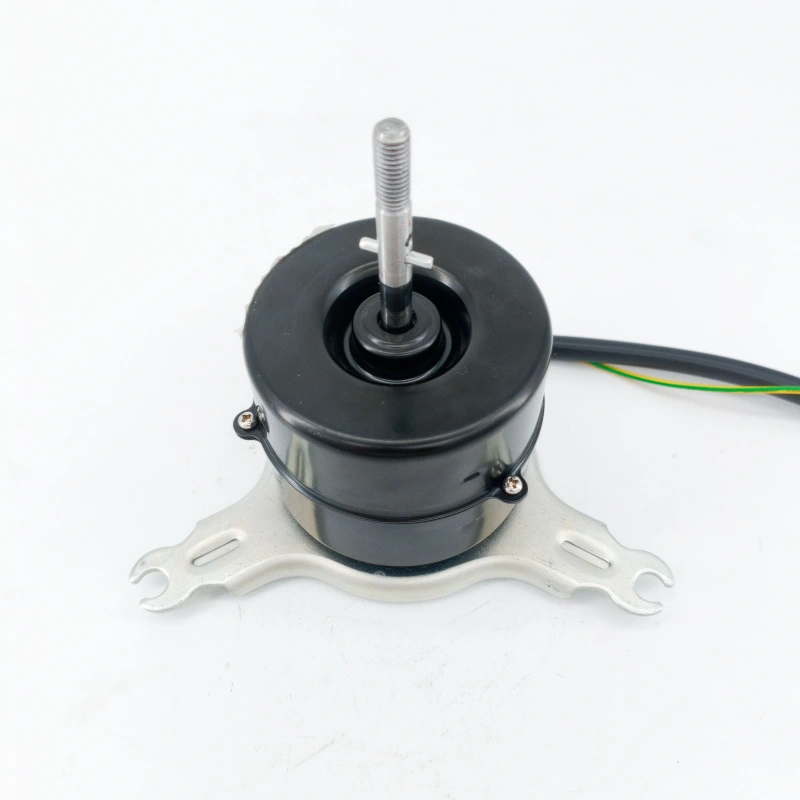As the “fume purifier” in the kitchen, the range hood is in a high-temperature and oily environment for a long time, so oil accumulation is an inevitable phenomenon. However, excessive oil stains will block the air duct, reduce the motor efficiency, lead to the decline of fume extraction capacity, and even cause peculiar smells and potential safety hazards. To solve this problem, it is necessary to master the dual skills of “scientific cleaning + daily maintenance”, which can not only avoid damaging the machine due to violent cleaning but also maintain its efficient operation.
First of all, clarify the cleaning timing: it is recommended to follow the principle of “cleaning light oil stains frequently and handling heavy oil stains regularly”. In daily use, after each cooking, when the body is still warm (to avoid scalding), simply wipe the surfaces that are easy to be contaminated with oil stains; carry out a partial deep cleaning every 1-2 months, focusing on cleaning the oil filter and oil cup; conduct a comprehensive disassembly and cleaning every year to maintain core components such as the air duct and motor.
Scientific cleaning methods require targeted operations for different components, avoiding the blind use of strong corrosive detergents. For the oil cup, which is the “first line of defense” for oil collection, you can lay a layer of plastic wrap or put a disposable oil box in the cup in advance. During each cleaning, you can directly replace it without repeated wiping; if stubborn oil stains have formed, you can pour warm water to soak for 10 minutes, add a small amount of detergent and rub gently to remove them.
The oil filter is the key to fume filtration, which is divided into stainless steel filter screens, bionic filter screens and other types. Before cleaning, first remove the oil filter, put it in warm water and soak for 20 minutes, add baking soda and detergent (the ratio is about 2:1), and use the alkalinity of baking soda to soften the oil stains. For stubborn oil stains in the gaps, you can use an old toothbrush or a special cleaning brush to scrub, and avoid scratching with hard objects such as steel wool to prevent the filter screen from being damaged and affecting the filtration effect. After cleaning, it must be thoroughly dried before installation to prevent water vapor from entering the motor.
Cleaning the body surface and panel is relatively simple. If it is a tempered glass panel, you can directly wipe it with a damp cloth dipped in neutral detergent, and then dry it with a dry cloth to avoid water stains; if it is a stainless steel body, you should wipe it along the texture to prevent scratches. For internal components such as the air duct and motor, if you lack professional knowledge, it is not recommended to disassemble them by yourself. You can contact the brand after-sales service for professional cleaning to avoid damaging the motor bearings or circuits.
Daily maintenance skills can reduce oil accumulation from the source. You can turn on the range hood in advance before cooking to form a negative pressure environment and prevent fume from spreading; adjust the air volume according to the amount of fume during cooking to avoid long-term high-speed operation and energy waste; after cooking, keep the range hood running for 3-5 minutes to ensure that the residual fume is completely discharged. In addition, regularly check whether the check valve is flexible. If you find backflow during fume extraction, you need to clean the oil stains on the check valve in time or replace the components.
It should be noted that during cleaning, you must turn off the power and unplug the plug to ensure safety; avoid using flammable and explosive detergents such as gasoline and alcohol to prevent fires; some range hoods have a “self-cleaning function”. Before use, you need to read the instruction manual carefully and follow the operation steps to avoid damaging the machine due to improper operation. Through scientific cleaning and standardized maintenance, you can not only extend the service life of the range hood but also keep the kitchen environment clean and improve the cooking experience.




